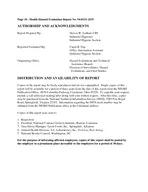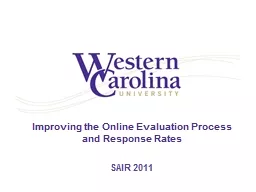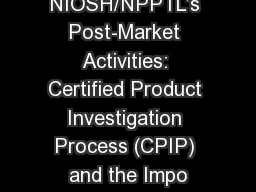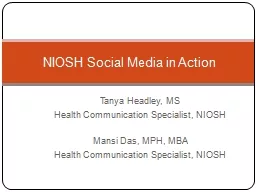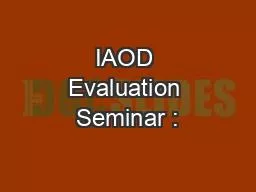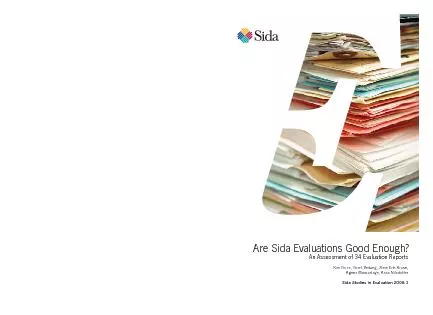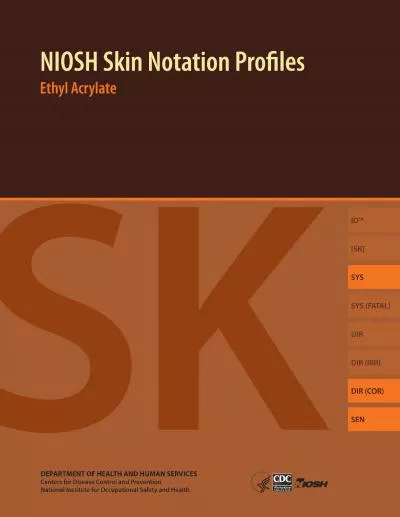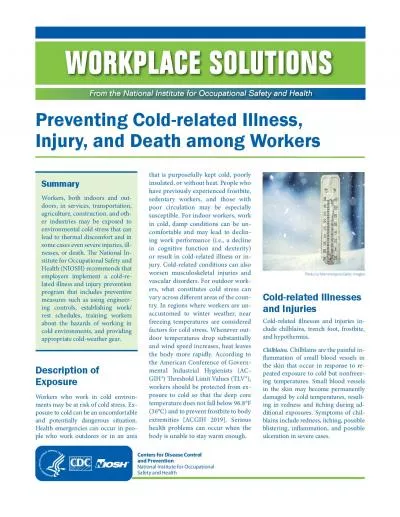PDF-HEALTH HAZARD EVALUATION REPORT HETA CACKLE CORNERS VALLIANT OKLAHOMA Additional Additional
Author : liane-varnes | Published Date : 2015-03-02
These investigations are conducted under the authority of Section 20a6 of the Occupational Safety and Health Act of 1970 29 USC 669a6 which authorizes the Secretary
Presentation Embed Code
Download Presentation
Download Presentation The PPT/PDF document "HEALTH HAZARD EVALUATION REPORT HETA CA..." is the property of its rightful owner. Permission is granted to download and print the materials on this website for personal, non-commercial use only, and to display it on your personal computer provided you do not modify the materials and that you retain all copyright notices contained in the materials. By downloading content from our website, you accept the terms of this agreement.
HEALTH HAZARD EVALUATION REPORT HETA CACKLE CORNERS VALLIANT OKLAHOMA Additional Additional: Transcript
Download Rules Of Document
"HEALTH HAZARD EVALUATION REPORT HETA CACKLE CORNERS VALLIANT OKLAHOMA Additional Additional"The content belongs to its owner. You may download and print it for personal use, without modification, and keep all copyright notices. By downloading, you agree to these terms.
Related Documents

